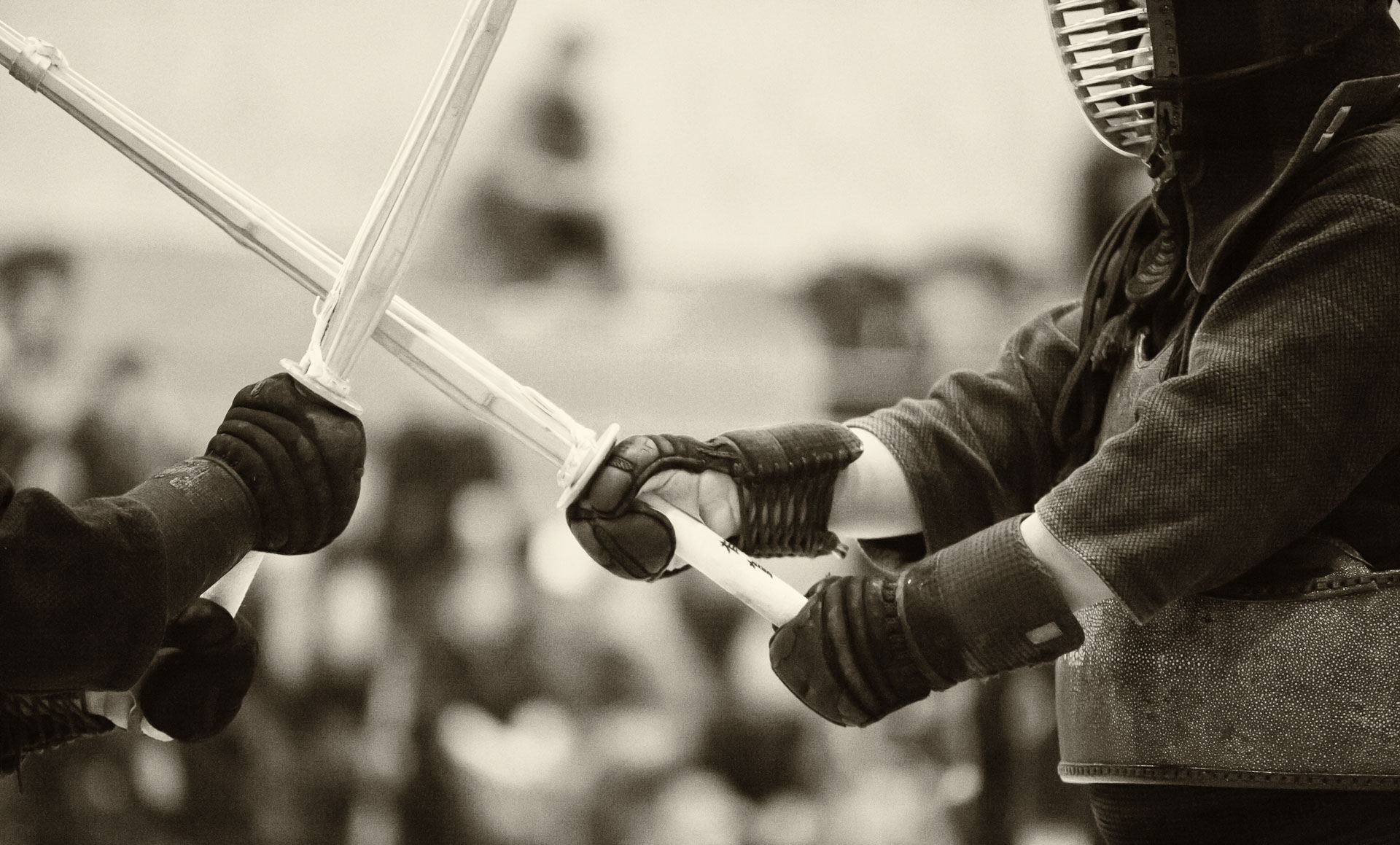
A monopod is not a substitute for a tripod
for long exposure shots. It enables only slightly slower shutter speeds than what can be managed by hand-holding the camera. However, there are certain situations where using a monopod is very convenient.
The main advantage of a monopod over a tripod is its smaller footprint, so it can be used in crowded places, such as at sporting events. Sport photography often requires a long telephoto lens (I usually shoot soccer or rugby with a Canon EF 300mm f/2.8L IS USM and of course, there is Nikon counterpart: Nikon 300mm f/2.8G AF-S ED VR II
). It is important to support a long lens not only to avoid fatigue (these lenses are heavy!), but also to reduce camera shake. At many venues, tripods are not allowed, as they take too much space, but monopods can be used. Sometimes, a monopod can be used as a makeshift stationary camera support in very tight spaces, when it is clamped to some heavy object. I have used it in this way in a research laboratory and also at a sporting arena where tripods were not allowed (by clamping the monopod to advertisement panels that surrounded the pitch).
It is also easier to move around with a monopod, even without folding it, to follow the subject.
There are two options for attaching the monopod to the lens (or camera): using a head or using a lens collar
. I tried both methods and found that using a collar is more convenient. In the photo above, Armando has his 500mm f/4L
lens attached to a gimbal head. When using a head, it should not be tightened too much, so that the camera can be be turned quickly. An alternative is to attach the lens hood directly to the monopod and tilt the entire system slightly to adjust framing. Since long telephoto lenses have a narrow field of view, small inclinations of the camera result in large changes in the framing. The collar should be kept relatively loose, to be able to quickly change from horizontal to vertical camera orientation. Most telephoto lenses have collars, so monopods are usually sold without a head.
When shooting, I find it convenient to angle the monopod and keep its lover end pressed against my foot. This prevents it from slipping on hard or slippery surfaces.
Genrally, I find a monopod quite useful for sports photography, but I would reach for it only if using a tripod is not allowed, impossible or too cumbersome.




















